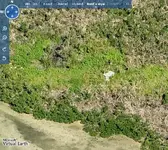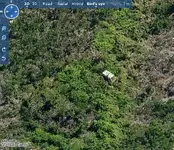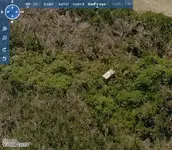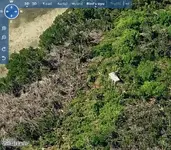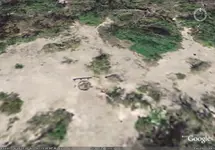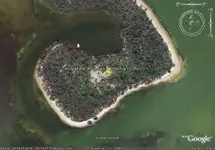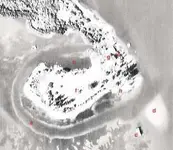I was checking this out until I found out....forget it!!!
Punta Blanca’s Settlement, which occupied the south
tip of the island until the late 1950s, typifies the smaller,
self-contained fishing communities that dotted the Charlotte
Harbor shoreline in the early 20th century. Settled
by some of the same fishing families that populated
Cayo Costa, Boca Grande, and Pine Island, some 15
households lived there in the years preceding World
War II. The village included a schoolhouse and general
store. Small-boat repairs and fishing were the mainstays
of the economy.
The aerial view taken in 1944 shows many features of
the historic settlement (Figure 3A). The dredged approach
channel (a) and boat basin (b) are prominent elements.
Note the fish-house (c) south of the entrance to the approach
channel, which was a favorite photo subject of
boaters heading down Pine Island Sound channel until it
burned in 1995 (Figure 3B). Prop-wash of the run-boats,
as they came alongside and serviced the fish-house, created
the shoal (d). The boat building shed at (e) had a
marine ways used for launching. Other structures shown
on the photo are the school (f ), general store (g), community
dock (h) and out-houses (i).
The settlement had one telephone, connected to Boca
Grande by an underwater cable crossing the inlet and
overhead wires strung on poles across Pelican Bay. Schoolage
children from neighboring islands were shuttled to
and from Punta Blanca until the school burned down
in the late 1950s and Lee County terminated boat
pickup service.
Today, little remains of this pioneer fishing community
(Figure 3C). The site is overgrown with exotic vegetation,
mostly Australian pine. The wellhead pipe of an
artesian spring that once supplied drinking water rotted
out years ago. The dredged entrance channel still accommodates
deep-draft boats that venture into the basin and
seek shelter from northers during the winter season



